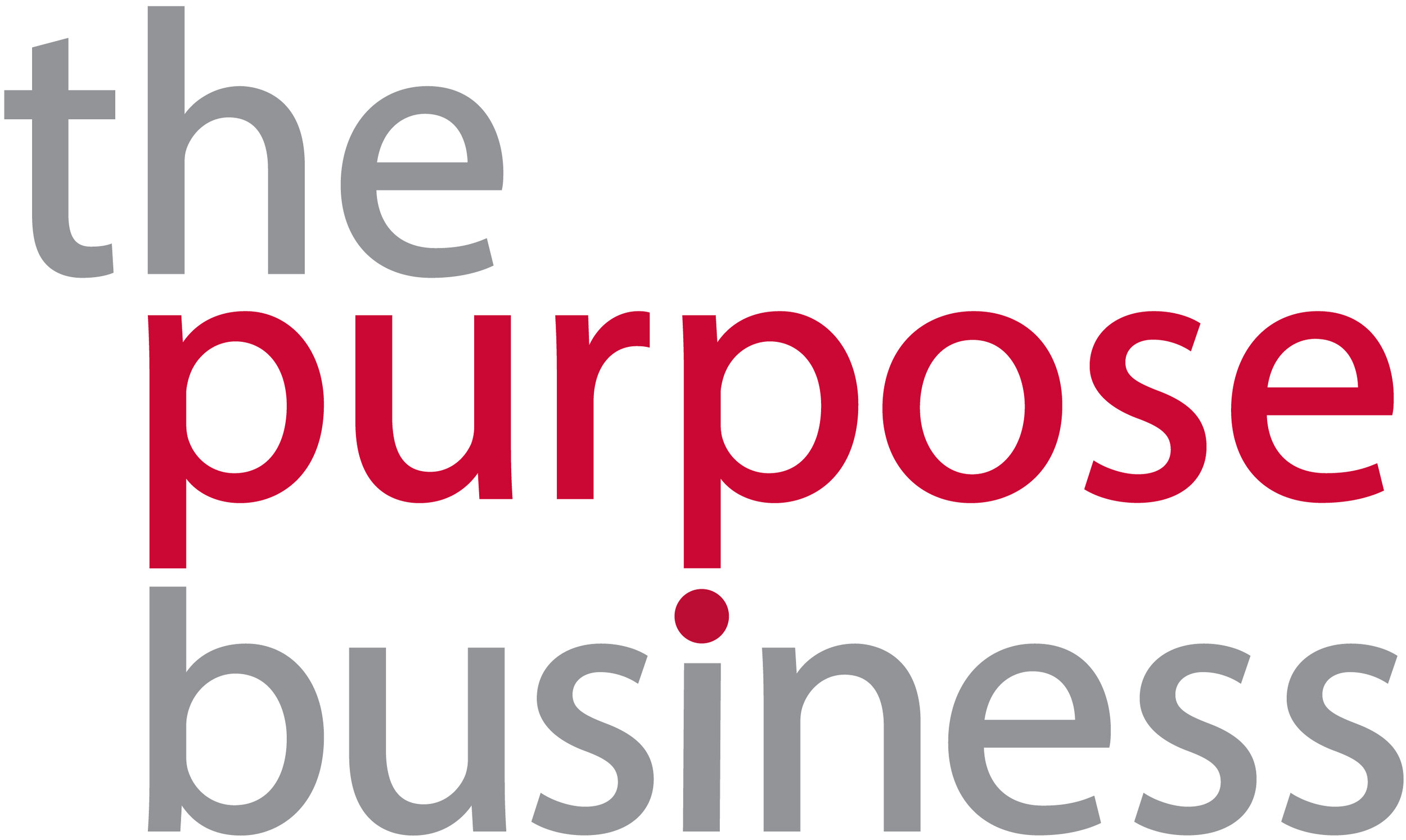Cathay Pacific Airways rethinks their approach to single-use plastic
World-class airline, Cathay Pacific, sought to reduce single-use plastic waste in onboard operations while ensuring that the overall plane weight would not cause higher fuel emissions
Challenge
As a world-class international airline, Cathay Pacific along with its subsidiary Cathay Dragon, have been exploring ways to reduce waste and in particular that of single-use plastic. With a fleet of over 200 aircraft connecting Hong Kong to some 250 destinations in 54 countries or territories worldwide, the convenience of single-use plastic has been adopted in many ways as part of the onboard and ground based operations. The challenge Cathay faced particularly for onboard operations was not only reducing single-use plastic waste, but ensuring that any alternatives will not increase the overall weight of the plane which would result in higher emissions from fuel usage.
Solution
TPB was engaged to help with a number of projects within this waste reduction initiative. One of the first was to help develop a strategy which focused on both reducing single-use plastic and enabled Cathay to apply the strategy to other materials to be better prepared in analysing alternatives. A simple statement like: “Plastic can be useful but how much do we really need?” inspired a broader approach to the standard 3 R’s of Reduce, Reuse and Recycle. Cathay added a new R, Rethink, to encourage people to first stop and think about the real need for any plastic, before then deferring to the 3Rs. Read about the 4Rs here.
Another project was around the theme of “you cannot manage what you don’t measure”. TPB worked with Cathay to review items regularly loaded onto the passenger section of the aircraft, such as meal trays, headsets and blankets, to determine if the item itself was made of plastic and whether it was a single-use item or came wrapped in single-use plastic packaging. This resulted in a focus list of high volume items for both customer facing and non-customer facing operations. This list has been used by the Sustainability team to engage with other Cathay teams to look at potential alternatives to these single-use plastics.
Impact
Through the Rethink part of the 4Rs, different teams became more aware of how and why single-use plastic items were used as well as why they were wrapped in plastic. What became clear was that some single-use items were no longer required irrespective of whether they were plastic or not.
Beyond the impact of changing how single-use plastic was used to serve over 35 million passengers each year, Cathay also looked at its use by the 26,600 employees which resulted in all single-use plastic straws, stirrers and cutlery being removed from their headquarters operation. While Cathay Pacific hasn’t served plastic straws onboard flights since the 1980s, they were still using plastic straws in the lounges and plastic stirrers on flights and in lounges. With removing plastic stirrers and straws from their flights and global lounges they will avoid using over 32 million single-use pieces of plastic each year starting from 2019.
Click here to view Cathay’s latest video on single-use plastics and leftover food entitled, You Asked Us: Sustainability.
“The TPB team has offered us great support as we mapped out the steps needed to take in rethinking our approach to single-use plastics. Their team helped us to carefully and prudently consider our alternatives and supported us in the implementation of new initiatives.”



